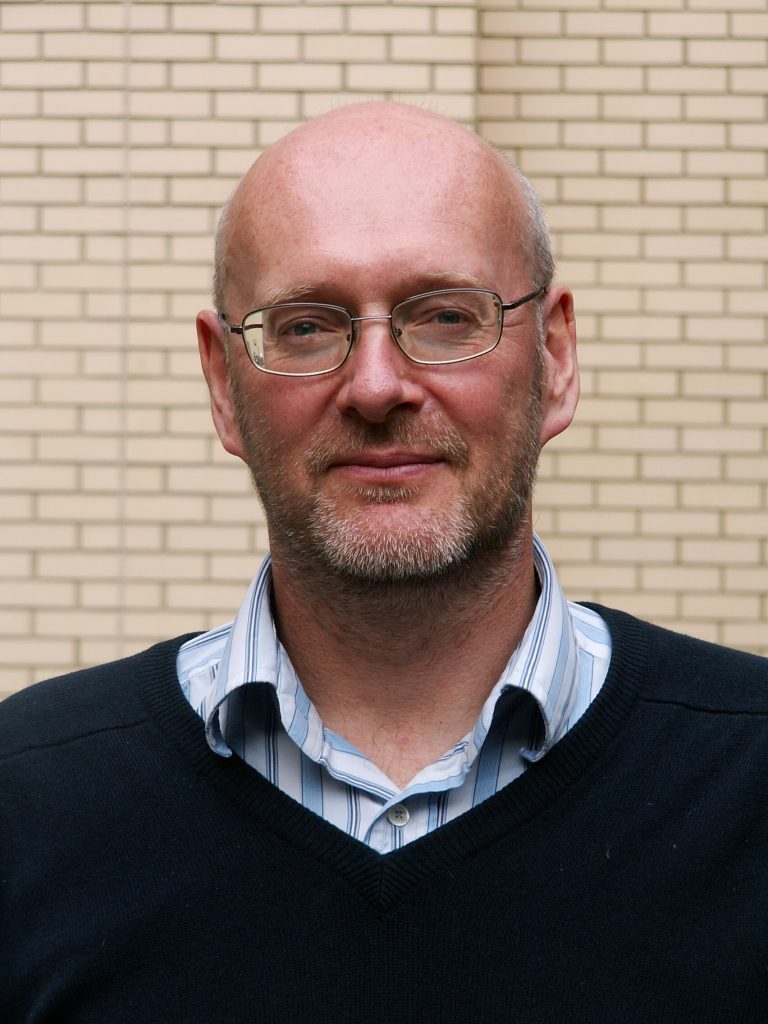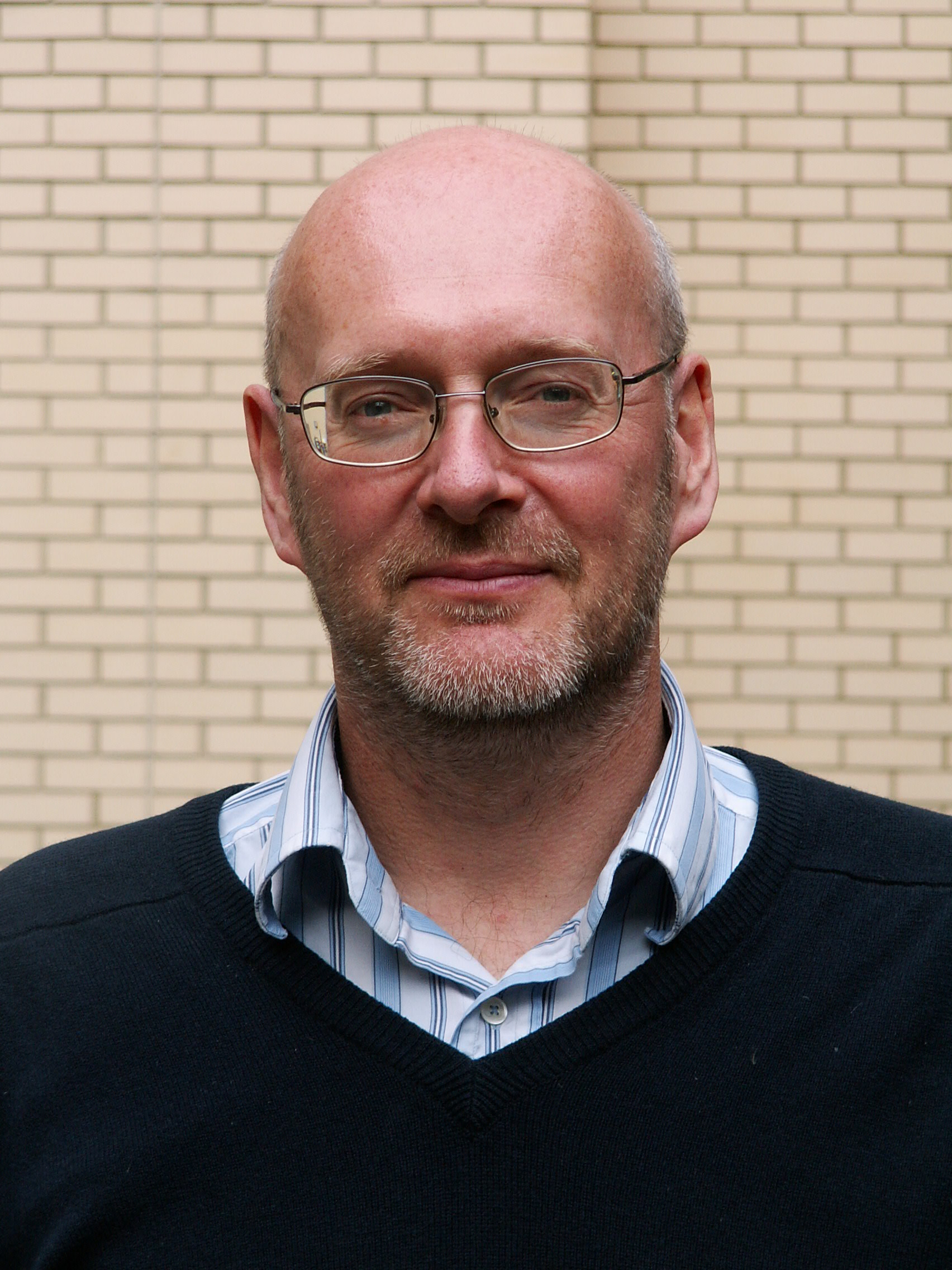
Professor Neal Skipper
University College London
Department: Physics & Astronomy
Institution: UCL
Email: n.skipper@ucl.ac.uk
Phone: +44 (0)20 7679 3526
Website: https://www.london-nano.com/our-people/our-people-bios/neal-skipper

Research summary
• Hydrogen Storage & Energy Materials
• Graphite Intercalates & Carbon Nanostructures
• Liquids & Complex Fluids
• Clay Minerals & Layered Double Hydroxides
• Neutron & X-ray Scattering
• Computer Modelling
Professor of Physics in the Condensed Matter and Materials Physics group (CMMP) group in the Department of Physics and Astronomy at University College London. Principle Investigator in the London Centre for Nanotechnology (LCN), and Director of the Physics Undergraduate Teaching Laboratories in Gower Street (Teaching).
Our research aims to understand and control the properties of materials, by building up a picture of where the atoms are what the atoms do. This approach also allows us to design new materials that will perform particular functions for us. For example, we are currently creating solids that will be able to store hydrogen for the supply of clean energy, and we are devising ways to process nanotubes and graphene so that we can exploit the remarkable properties of these forms of carbon. We also have long-standing interests in the more fundamental properties of liquids and non-crystalline materials. We are experts in the handling of liquid ammonia and metal-ammonia solutions, and are therefore able to exploit its extraordinary properties as a solvent. These include its ability to dissolve very large concentrations of electrons, giving us unique metallic liquids of very low density. We are also very interested in the way that aromatic molecules interact with each other via their π-electrons. These interactions are a key factor in many important biological and chemical processes.
We use a variety of experimental and computational techniques in our research. In addition to our laboratories at UCL, we also make extensive use of international neutron and X-ray scattering facilities. For example the ISIS Neutron Source at the Rutherford Appleton Laboratory, and the Institute Laue-Langevin in Grenoble.
Keywords
Hydrogen Storage, Carbon, Clays, Graphene, Interfaces, Metal-Ammonia Solutions, Nanotubes, Nanostructures, Glassy Materials, Glassy Materials
